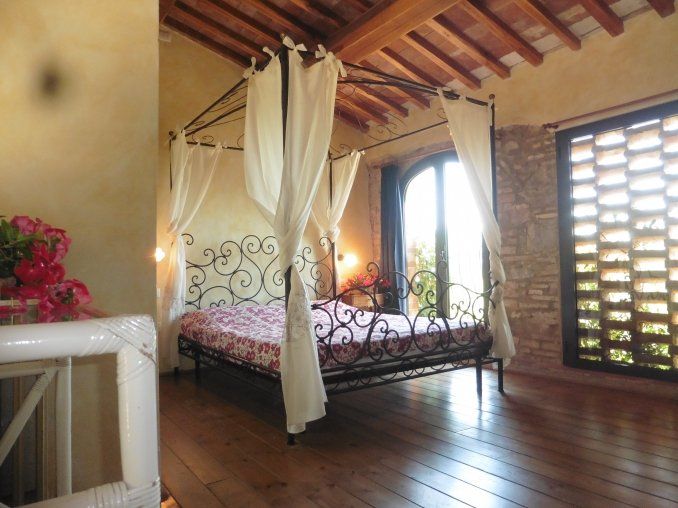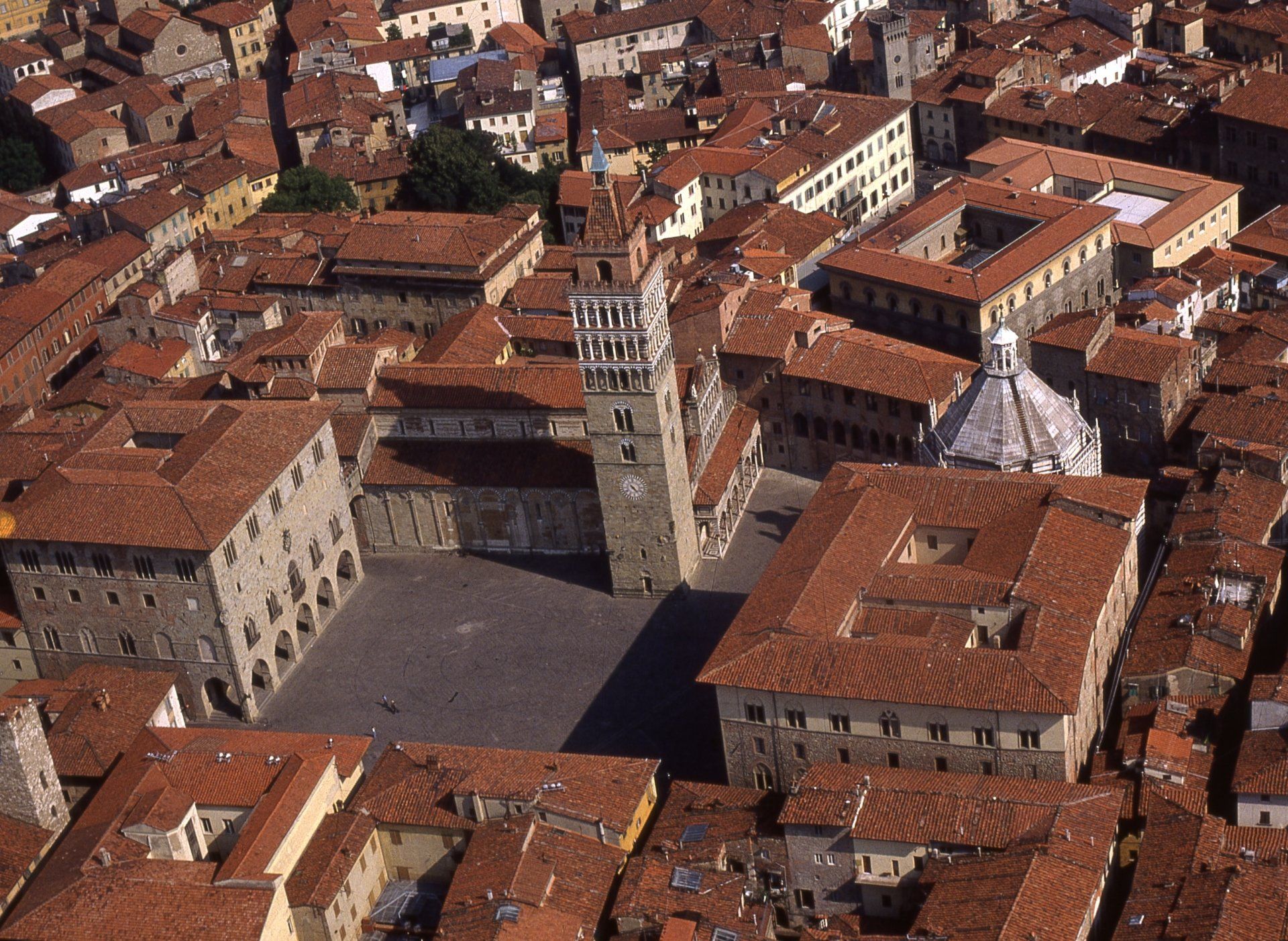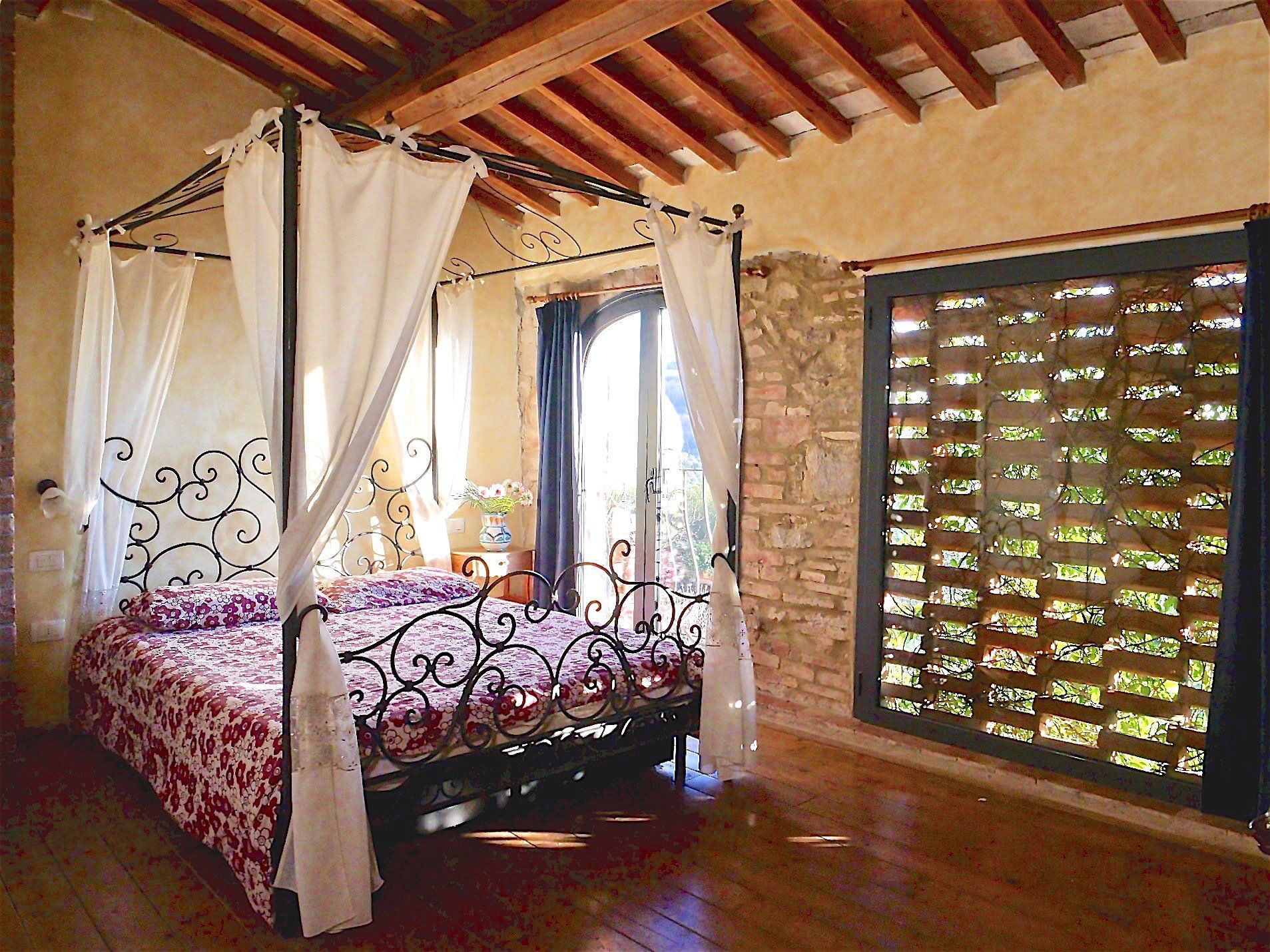Pistoia
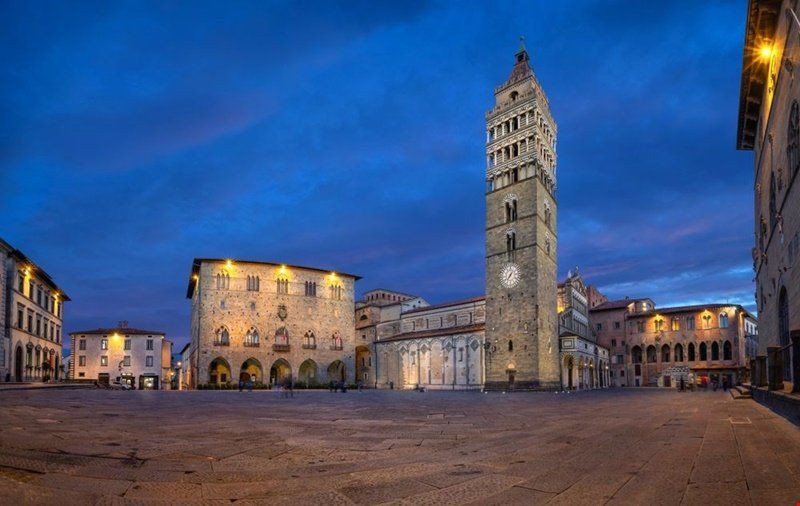
Slide title
Scrivi qui la tua didascaliaButtonSlide title
Scrivi qui la tua didascaliaButton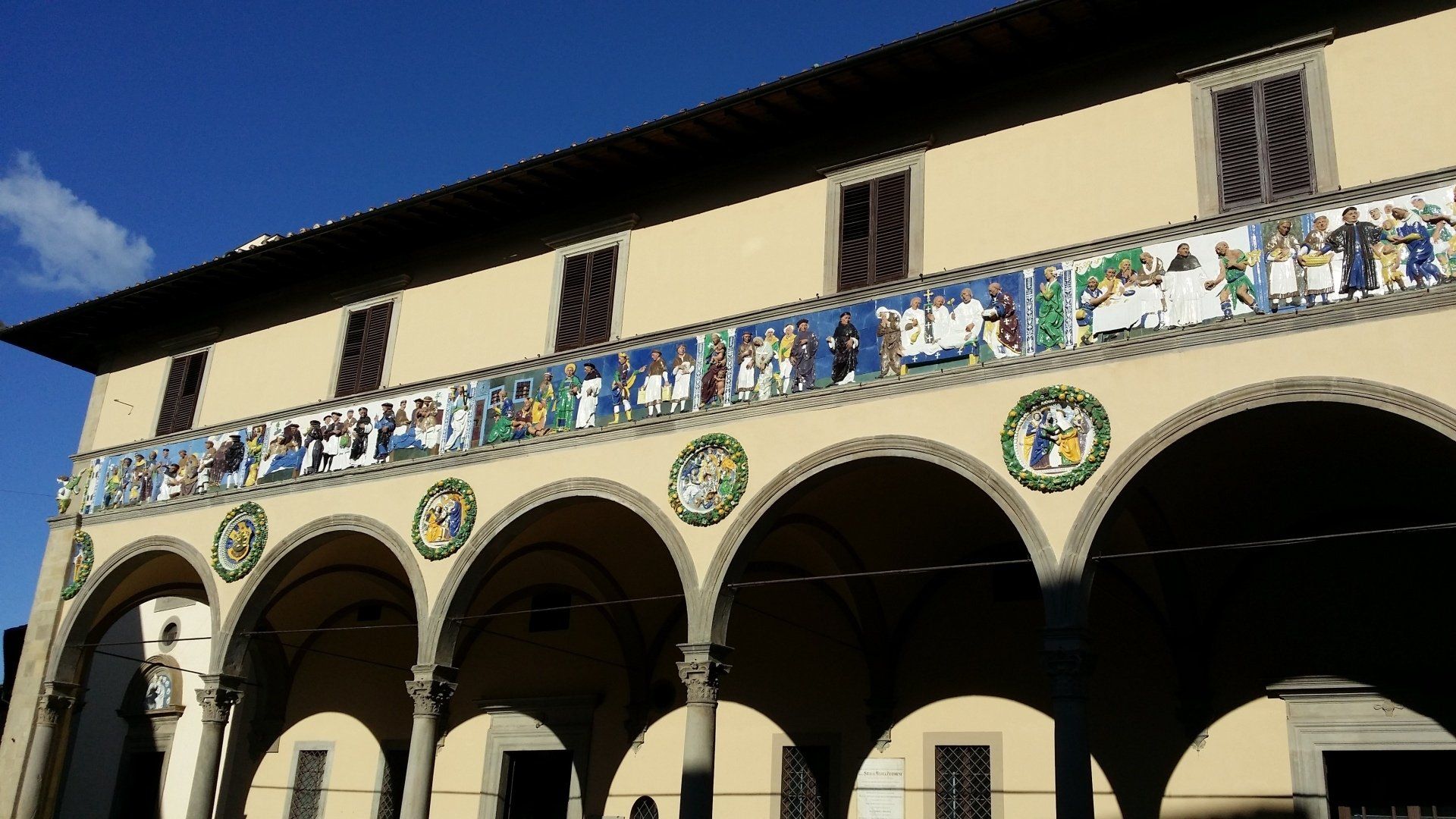
Slide title
Scrivi qui la tua didascaliaButton
Slide title
Scrivi qui la tua didascaliaButton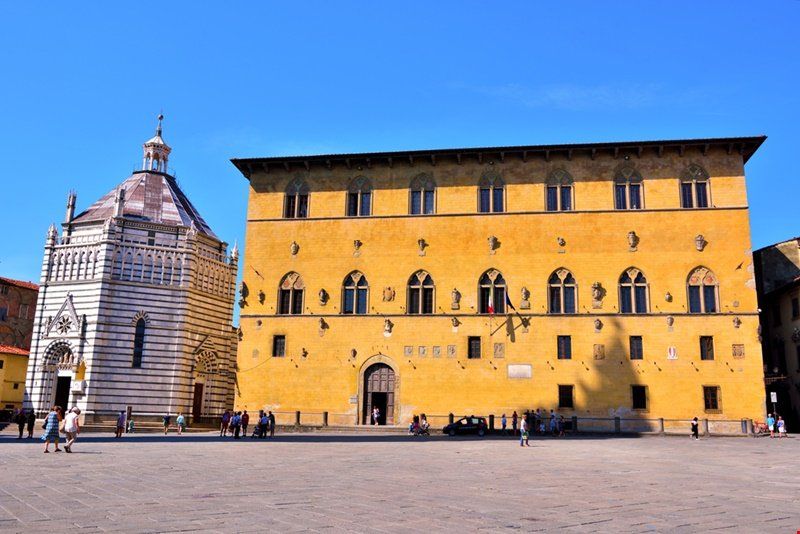
Slide title
Scrivi qui la tua didascaliaButton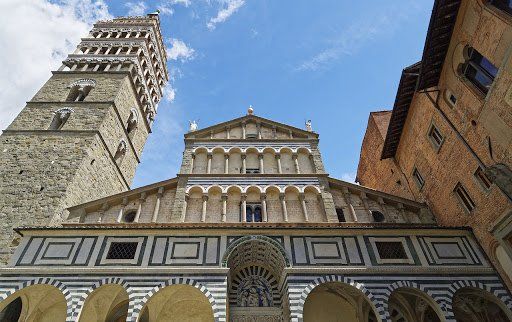
Slide title
Scrivi qui la tua didascaliaButton
Slide title
Scrivi qui la tua didascaliaButtonSlide title
Scrivi qui la tua didascaliaButton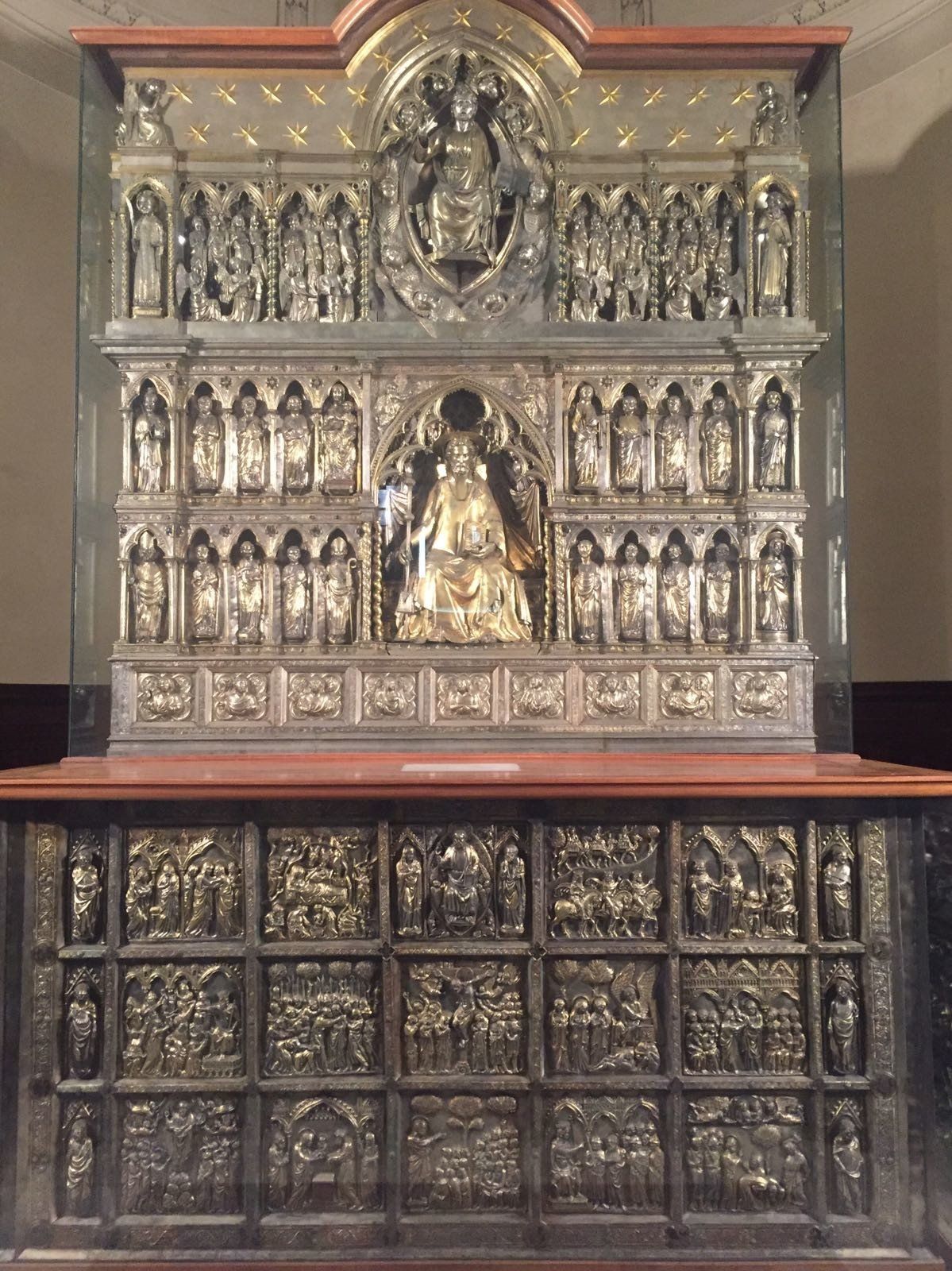
Slide title
Scrivi qui la tua didascaliaButton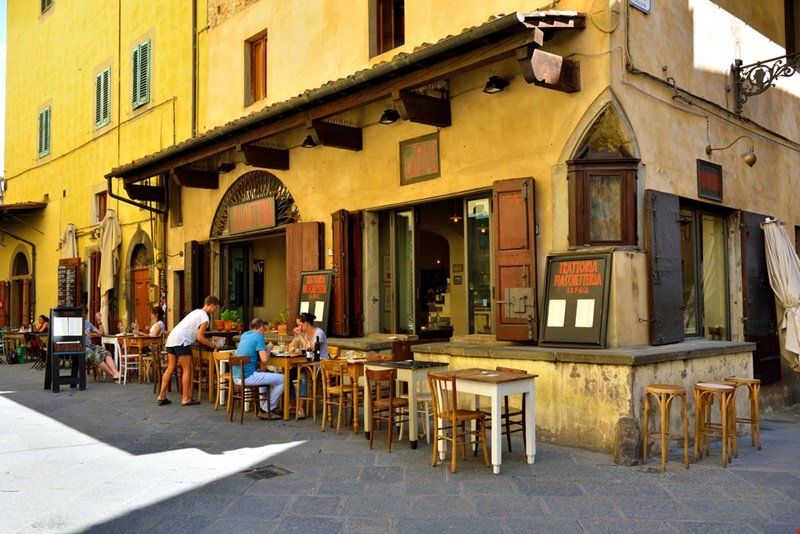
Slide title
Scrivi qui la tua didascaliaButton
-
Pistoia - A city to discover
Pistoia extends on a plain surrounded by the peaks of the Pistoiese mountains and the soft hills of the Valdinievole and Montalbano. Established in the 2nd century B.C. to support the Roman troops fighting against the Ligurian, Pistoia has a long history of struggles and challenges, of motions of pride and surrender to the Florentine power. Today it has over 90,000 inhabitants. The city is particularly rich in precious Romanesque and Renaissance monuments and boasts one of the most charming piazzas in Italy, Piazza Duomo, which represents the civil and ecclesiastical center as well as being the city’s geometric center. The area’s most important historic buildings are indeed situated in this large space: the cathedral of San Zeno, which contains the silver altar of Saint James; the Romanesque style bell tower, which was built on an old tower of Longobard origin, that reaches a total height of 67 metres, the 14th century baptistery of San Giovanni in a Gothic style; the Palazzo dei Vescovi (Bishop's Palace) whose undergrounds are embellished with an important archaeological passage with on-site excavations of an Etruscan Fiesole-type stone, a Roman furnace and stretches of the walls of the ancient city; the Palazzo Pretorio (Tribunal) also in Gothic style, which is famous for its inner courtyard with the coats-of-arms of the magistrates; the Palazzo del Comune (Town Hall) with a beautiful, ornate facade of mullioned windows with two and three lights; the former church of Santa Maria Cavaliera; and finally the high medieval tower of Catilina, which is 30 metres high. But there is not only Piazza Duomo. The city hides other rare artistic treasures in the narrow streets of its historic centre, starting with the church of Sant’Andrea, which dates back to the 8th century and preserves the famous “pulpit of Sant’Andrea” by Giovanni Pisano. There is also the basilica of the Madonna dell’Umiltà whose architectural importance is due to the 16th century dome built by Giorgio Vasari and 59 metres high. There is also the church of San Giovanni Evangelista, called Fuorcivitas, and the church of San Bartolomeo in Pantano, named after the swampy nature of the place where it was erected.
This is one of the many churches dedicated to the apostles that the Longobards decided to build around the city after the conversion to Catholicism. The city’s main event is the Giostra dell’Orso (Bear's Joust), which takes place on 25th July and consists of a horse race in which the four city’s districts fight it out. There is also Pistoia Blues, one of the most important international event of blues music in Europe, which takes place in July.
19/10/2024
Pistoia what to see in one day
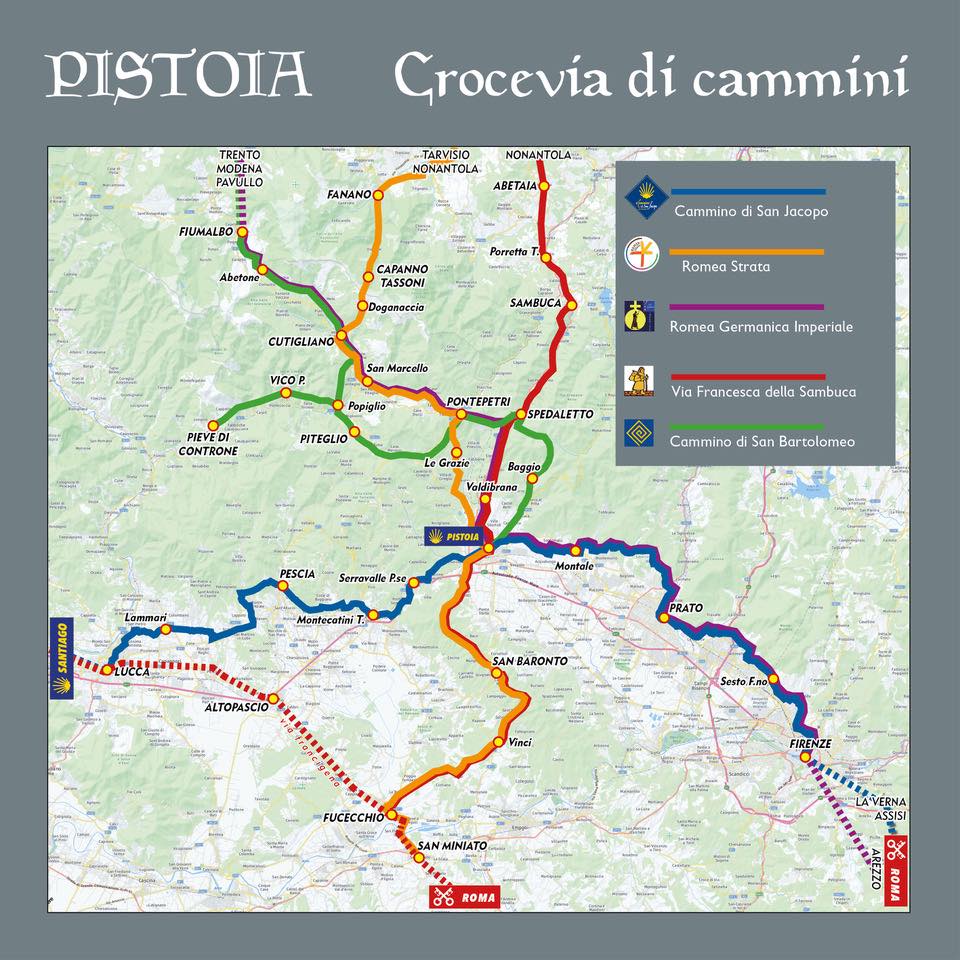
Titolo diapositiva
Scrivi qui la tua didascaliaPulsante
-
Pistoia - Crossroad of 5 Roads
Pistoia is one of the starting and arriving points that can be chosen to live a contemplative experience, immersed in nature. It is a crossroad, where five historic itineraries touch and overlap.
-
Cammino di San Jacopo
A little “Santiago Way” which passes through Tuscany’s most beautiful art cities. An easy walk, suitable for beginners as well, as it is close to residential areas and to excellent means of public transport.
-
Cammino di San Bartolomeo
This goes from Emilia -Romagna to Tuscany: a walk along mule tracks, lanes and paths, across an area rich in natural wonders. It is suitable for everyone thanks to it being close to villages and hamlets where you can have a rest and get something to eat and drink.
-
Via Francesca della Sambuca
This Road runs parallel to the Apennines’ oldest iron reinforced road, the Porrettana Railway. Running from Bologna to Pistoia, and passing through Porretta Terme, you can break your walk by taking the train for a stretch of the Walk and then you can get off and pick up the road again.
-
Via Romea Germanica Imperiale
A lovely journey along a road which intersects with many other roads for walking. It goes through art cities, small historic hamlets, delightful mountain views - both alpine and Apennine - alternating diverse environments with charming landscapes.
-
Via Romea Strata
This Road - which has always been an important route through Europe and which now has been enhanced and made accessible - starts off from the Baltic Sea, crosses Estonia, Latvia, Lithuania, Poland, the Czech Republic and Austria to finally cross over the Alps into Italy.
Pistoia Crossroad of 5 roads Short description and brochure to download in English
19/10/2024
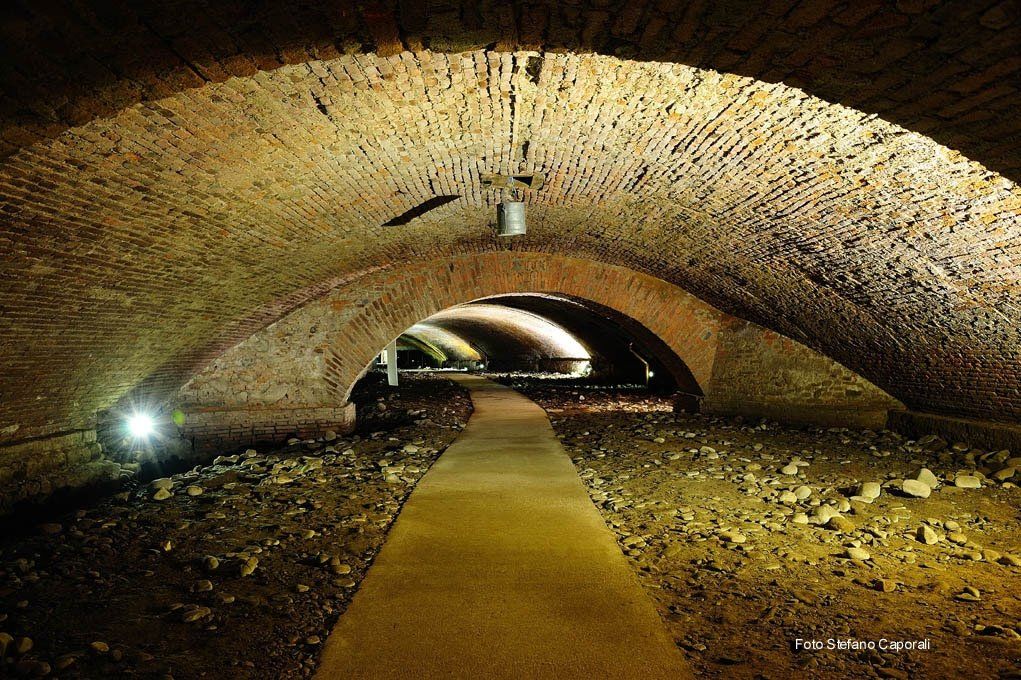
Slide title
Scrivi qui la tua didascaliaButton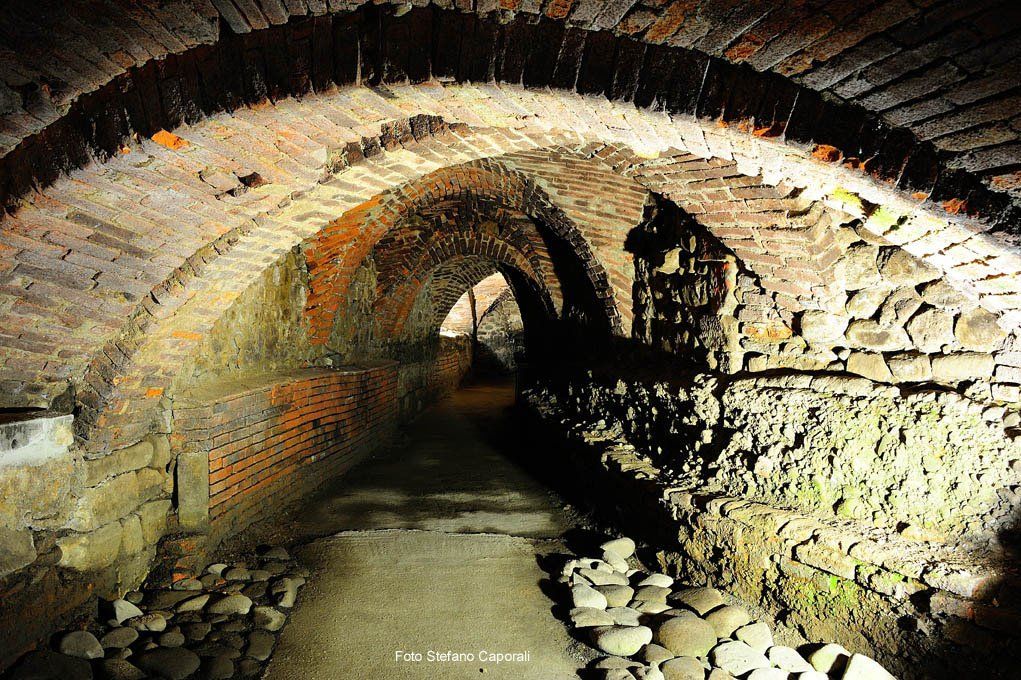
Slide title
Scrivi qui la tua didascaliaButton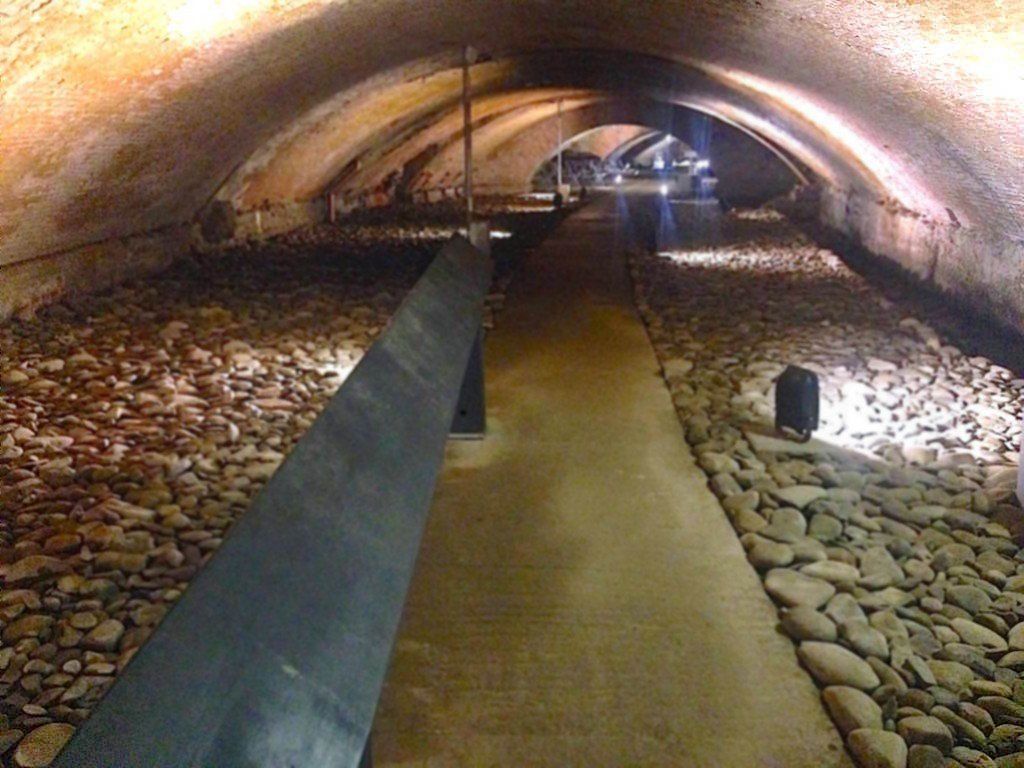
Slide title
Scrivi qui la tua didascaliaButton
Slide title
Scrivi qui la tua didascaliaButton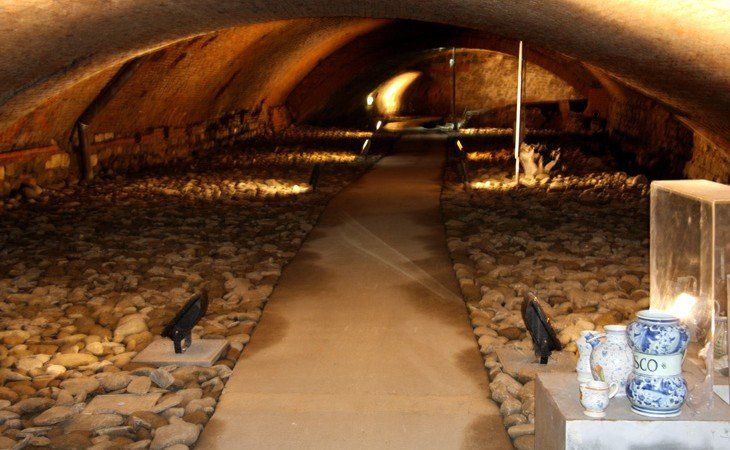
Slide title
Scrivi qui la tua didascaliaButton
-
Pistoia - Pistoia Underground Museum
It is located inside the Ospedale del Ceppo, the ancient seat of the city hospital founded in 1277 and which in the past, thanks to the prestige acquired, was famous throughout Europe.
The hospital is also known abroad for the presence of the famous frieze of the Della Robbia school, which attracts tourists from all over the world.
Pistoia Underground offers a reconstruction of the hospital's history through the centuries with a 700-meter-long path that develops under the ancient Ospedale del Ceppo and under the historic center of the city.
It is the longest underground path in Tuscany, and is completely accessible to the disabled and equipped with touch panels for the blind.
-
Opening time and entrance ticket
Open every day with guided tours also in English by booking at the number +39 573 368023
Tickets
Full € 12.00
Reduced € 10.00 (Over 65 - Minors 7-17 years - ACI Members - Italian Touring Club Members - CamperLife Members - PleinAir Members
19/10/2024
Museum of Pistoia Underground timetables and entrance tickets
Slide title
Scrivi qui la tua didascaliaButton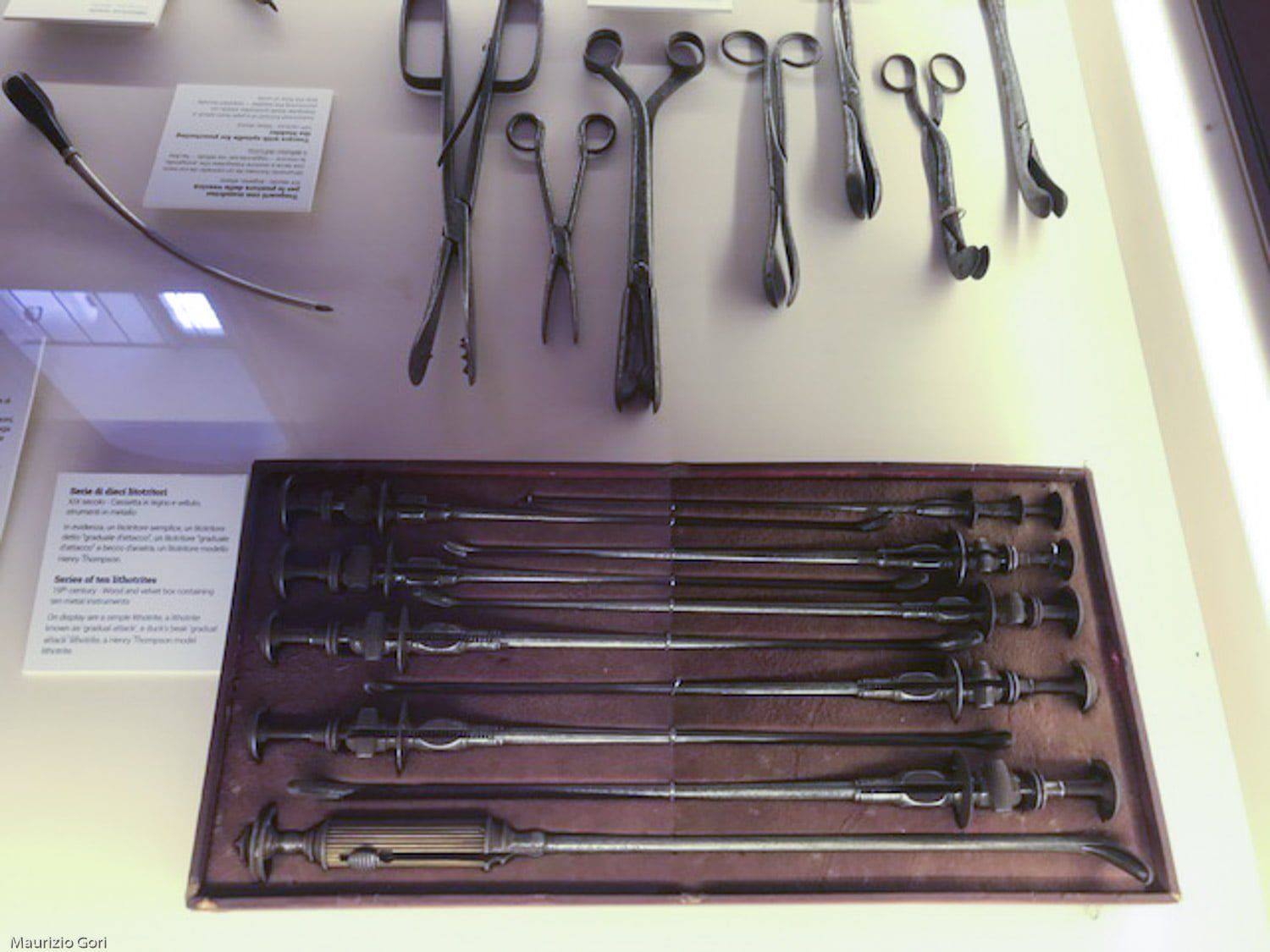
Slide title
Scrivi qui la tua didascaliaButton
-
Pistoia - Museum of the Spedale del Ceppo
The Ospedale del Ceppo, founded in the thirteenth century, soon became the largest health center in the city. The building was expanded several times over the centuries; especially during the plague of 1348 and in the fifteenth century when the wing was built with the facade with a Renaissance loggia decorated with a Della Robbia frieze in glazed terracotta. The original unit is formed by the aisle of Sant’Atto, with large windows and church-like architecture; inside there was also an altar, because at the time the sick had first of all to recommend themselves to God!
In the other ancient former ward of San Leopoldo are today the exhibition rooms of the Pistoiese Medical Academy. In ancient times, this ward was used as a hospital, as you can guess from the balcony where doctors passed, "visiting" the infectious patients from a distance, lowering them medicines and food from above. Surgery lessons have been held in the hospital since the sixteenth century. The Medical-Surgical School of Pistoia (the only one in the Grand Duchy), founded in 1666, prospered greatly in the eighteenth century, when together with other Grand Ducal scientific institutions - such as the Specola in Florence - it became the institution of extreme attention by Pietro Leopoldo of Lorraine.
The school, divided into three classes, lasted six years and was attended by a small number of students, including the famous Pistoian anatomist-pathologist Filippo Pacini, who first discovered in 1854, the vibrio which was then described by Koch as the cholera bacillus. The school was active until 1844, when it was closed due to the low number of attendance. The Medical Academy, named after Pacini, has taken up the inheritance.
In the hall set up after the war with the furnishings from the hospital pharmacy and the school, are displayed a considerable number of surgical instruments dated between the seventeenth and nineteenth centuries that belonged to the School. The Museum documents how limitless the imagination of the surgeons of the time was! Forceps, scalpels, cauteries, silver urethral probes, hooks and anything else needed more to explore than to cure the recesses of the human body! In Pistoia there were thriving workshops that produced both weapons and surgical instruments, which were known for the highest quality throughout Europe. The term scalpel in fact comes from bistorio, a typical knife made in Pistoia, which in turn derives from Pistorium, the Latin name of the city.
The visit then continues with the historic part of the hospital, where there is the Anatomical Amphitheater, the smallest in the world, an architectural gem that is one of the hidden treasures of Pistoia. The Anatomical Theater is a very rare late eighteenth-century neoclassical jewel, totally frescoed according to the taste of the time with grotesques and pastel-colored medallions: pink, blue and greenish; a strong contrast between the function of the place and the sophisticated living room air that arouses a cynically alienating charm.
It has remained unchanged since 1785, the year of construction.
19/3/2025
Pistoia Museum of the Spedale del Ceppo opening hours and tickets
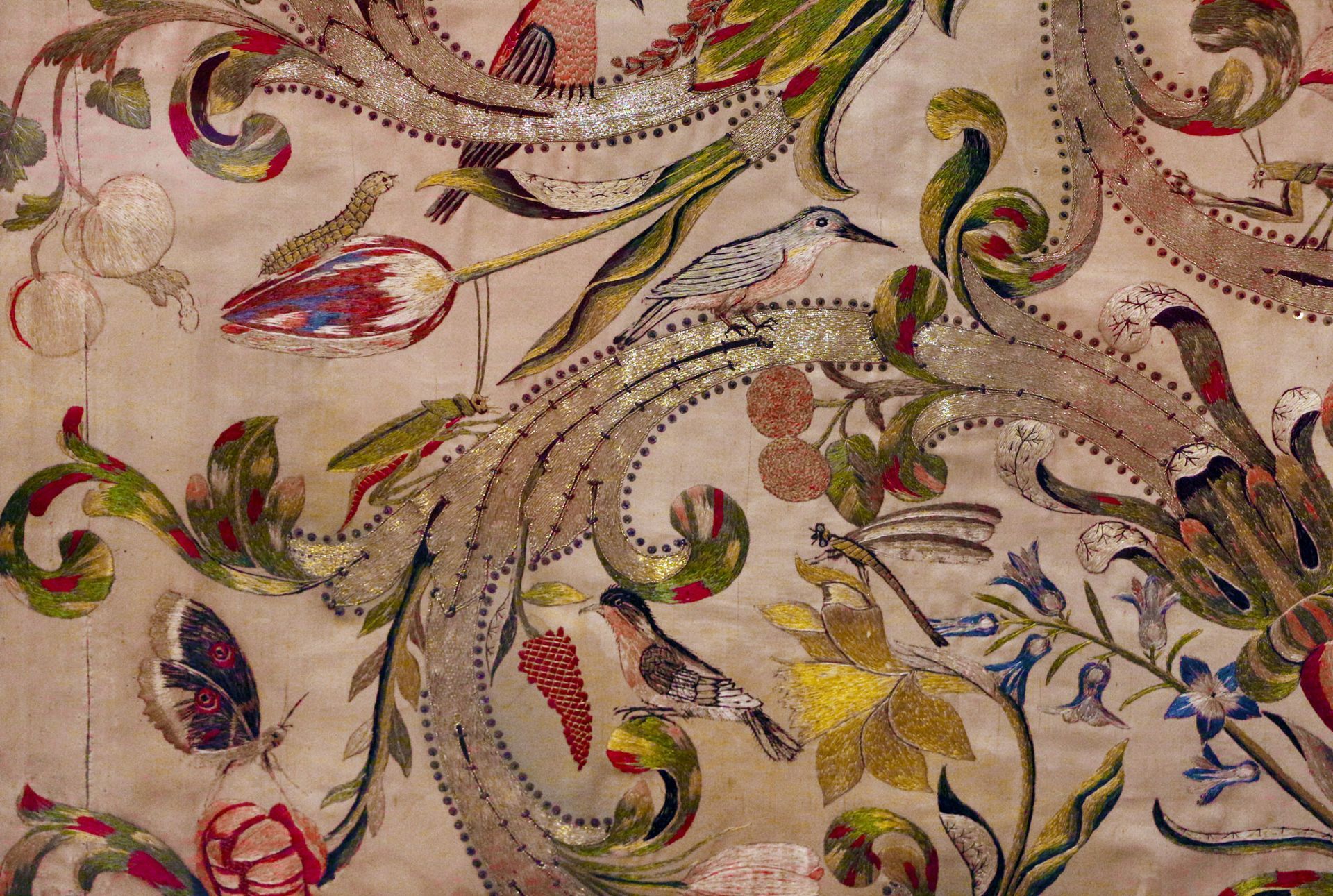
Titolo diapositiva
Scrivi qui la tua didascaliaPulsante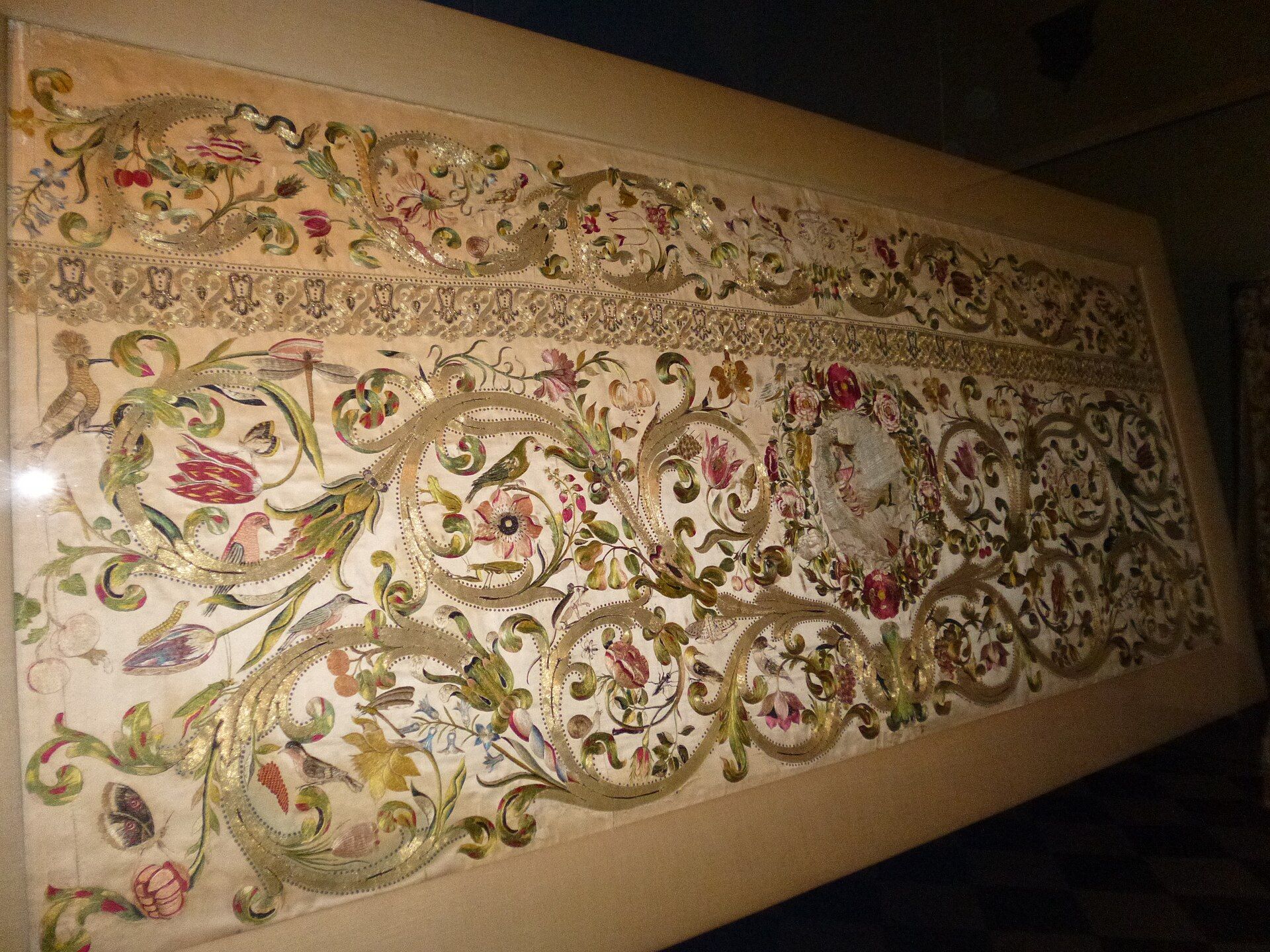
Titolo diapositiva
Scrivi qui la tua didascaliaPulsante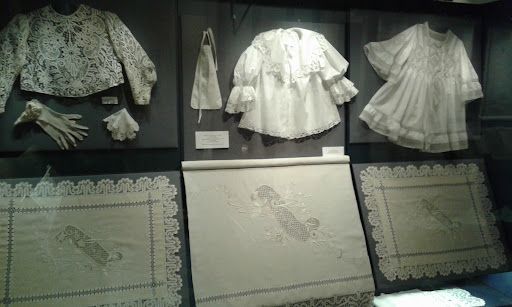
Titolo diapositiva
Scrivi qui la tua didascaliaPulsante
-
Pistoia - Embroidery Museum
The Embroidery Museum of Pistoia is a permanent exhibition space dedicated to the conservation, maintenance, and display of embroidered textile materials. Pistoia has historically been recognized as a center of excellence in this refined art, both in ancient times and in more recent history.
Location
The museum is located on the ground floor of Palazzo Rospigliosi, at Via Ripa del Sale 3, in the historic center of Pistoia.
Opening Hours
The museum is open to the public on Wednesdays and Saturdays from 10:00 AM to 12:30 PM.
Visits on other days are possible by reservation only, via phone or email.
Admission
Admission is free.
Contact Information
Phone: +39 0573 358016
Website: www.museoricamopistoia.it
Collection
The museum is organized into two main rooms:
The first room is dedicated to domestic life, displaying household linen, personal trousseau items, accessories, and ornamental objects. Highlights include an Empire-style dress from the Sozzifanti family and a panel of handbags embroidered in the Casalguidi technique. Visitors can also learn about traditional local stitching methods such as punto antico, drawn-thread work, Casalguidi stitch, and Pistoia stitch.
The second room focuses on sacred embroidery. It showcases richly decorated liturgical textiles from churches, monasteries, and convents in the Pistoia area. Among the most valuable pieces is an altar frontal in polychrome silk, gold, and silver, made in 1601 for the Church of Santa Maria delle Grazie, based on a design by Jacopo Ligozzi and restored by the Opificio delle Pietre Dure in Florence.
Cultural Activities
The museum welcomes donations and deposits of items that help document the history of embroidery in Pistoia. The permanent exhibition is periodically renewed with thematic temporary shows focused on specific techniques or historical periods.
The museum also promotes educational and outreach activities aimed at preserving and passing on the local textile tradition.
The Embroidery Museum of Pistoia is a unique opportunity to explore a refined art form that is deeply rooted in the cultural identity of the Tuscan region.
Pistoia - Embroidery Museum
19/4/2025
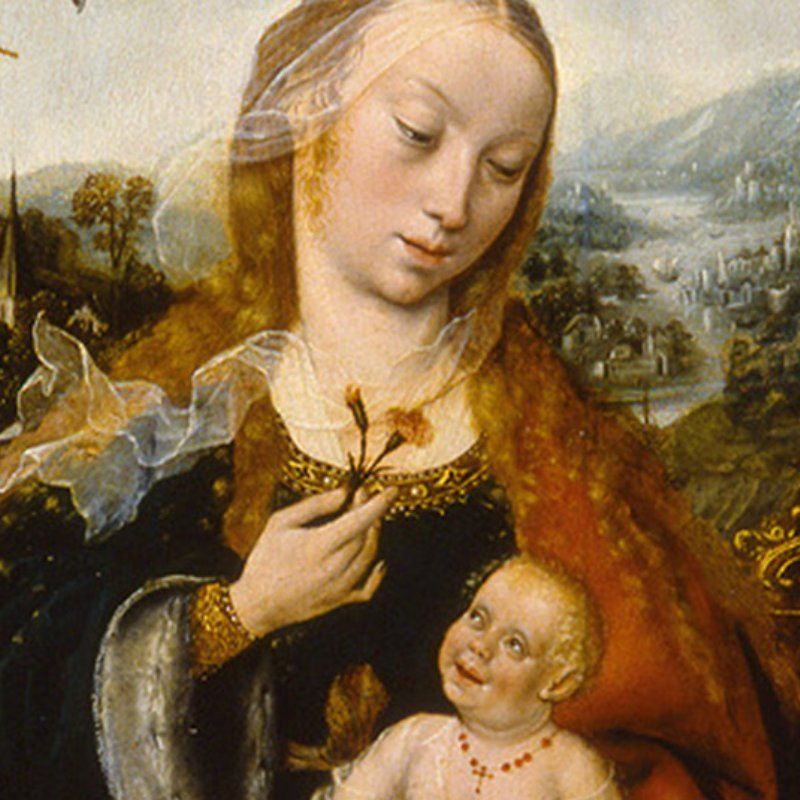
Titolo diapositiva
Scrivi qui la tua didascaliaPulsante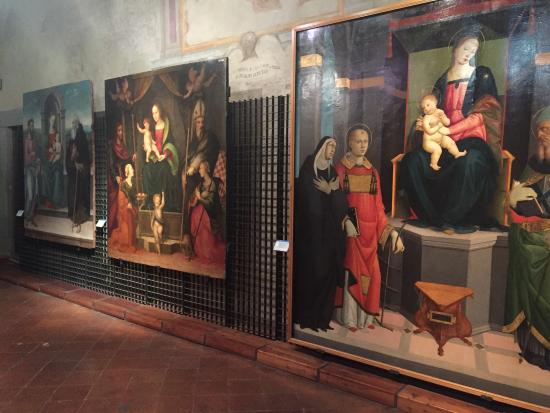
Titolo diapositiva
Scrivi qui la tua didascaliaPulsante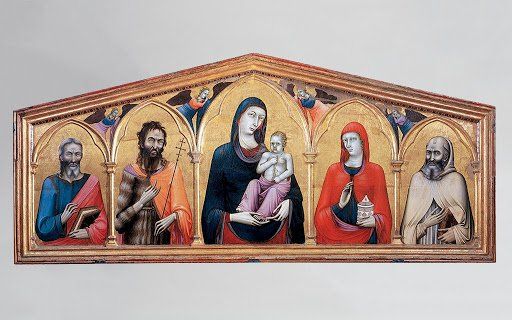
Titolo diapositiva
Scrivi qui la tua didascaliaPulsante
Titolo diapositiva
Scrivi qui la tua didascaliaPulsante
Titolo diapositiva
Scrivi qui la tua didascaliaPulsante
-
Pistoia - Civic Museum of Ancient Art
The Civic Museum of Pistoia is located in the Town Hall in Piazza del Duomo and collects the most significant works of seven centuries of artistic history of the city, from the thirteenth to the nineteenth century.
The approximately 300 works of art are displayed in chronological order and by school groupings (Florentine, Pistoian) and testify to the alternating vicissitudes of dependence and autonomy from Florence over time.
In the Museum there are richly represented fourteenth-century polyptychs with a gold background and a large group of "Sacred Conversations" from the first half of the sixteenth century. There are also several works of the seventeenth and eighteenth centuries, as well as the nineteenth-century painting of historical and romantic subjects with works commissioned by Niccolò Puccini is well represented.
On the second floor there are works and sketches by the famous architect from Pistoia Giovanni Michelucci.
Pistoia Civic Museum of Ancient Art - short description opening time and entrance ticket
19/10/2024
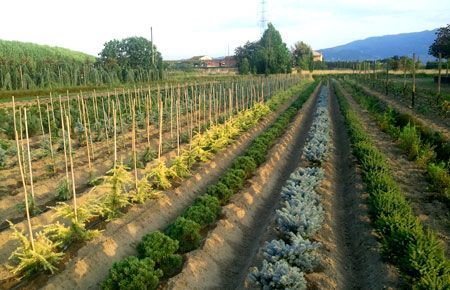
Titolo diapositiva
Scrivi qui la tua didascaliaPulsante
Titolo diapositiva
Scrivi qui la tua didascaliaPulsante
Titolo diapositiva
Scrivi qui la tua didascaliaPulsante
Titolo diapositiva
Scrivi qui la tua didascaliaPulsante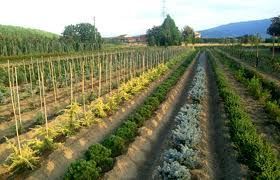
Titolo diapositiva
Scrivi qui la tua didascaliaPulsante
Titolo diapositiva
Scrivi qui la tua didascaliaPulsante
-
Nurseries in Pistoia
Tuscany region is famous in all the world not only for its marvellous artistic cities and its beautiful landscape, but also for its several activities in the floriculture field, which have been developed respecting the natural beauty. Among these activities there is the ornamental floriculture which has an ancient tradition and is a maior economic resource for the whole region. Since many years, the name d the town of Pistoia, in particular, has become synonym of "Nurseries of decorative plants”.
The birth of floriculture activity coincides with the creation of the first nursery, when, in 1849, Antonio Bartolini, young gardener of Pistoia, started cultivating decorative plants for sale and became an example immediately copied by many of his fellow—citizens. The creation of the first nurseries in that area was not accidental, but it was the result of a secular culture which plunges its roots in the history of Tuscany, where the parks of big villas, from the Medici times, were models for the most important European gardens.
After a maior impulse in the post-war period which helped this field taking part more and more in the culture and in the history of the territory, Pistoia's nurseries activity represents a quarter of the whole ltalian farming production, thanks to an estimated surface of more 5.200 hectares, of which about 1000 in pots, and thanks to the presence of more than 1.500 nurseries. All this elements have allowed Pistoia's Nursery Activity to be recognised as one of the major leader in Europe in the field of omamental plants for outside use.
This leadership is based on several points of strength:
- a particular combination of much fertile soil and microclimate which makes the area particularly suites for cultivation of several ornamental plants;
- high gualified personnel, trained according to a tradition which is handed from father to son and availability of a well-built services structure;
- a complete production which covers the whole range of the field and which is able to fulfil every need in every moment of the year;
- first-class quality of the product which stands out on every market and is the result of cultivation techniques which, respecting the tradition, use the more modern and advanced technology together with standardized rules for the implementation of cultivation treatment, pruning, transplantation and phyto-sanitary protection;
- the support of research and development bodies as the Experimental Centre for the Nursery Activity of Pistoia, which carries out spreading activities and the scientific research necessary for the progress of this field, in collaboration with the regional universities which organize specialised courses in floriculture and nursery (university towns of Pistoia, Florence and Pisa).
Pistoia's nurseries offer a large range of products, available in different sizes and forms of breeding, in the ground or in pots of different types;
- conifers (from the big trees to the dwarf conifers with a slow growth);
- ornamental trees (evergreens and with deciduous leaves);
- flower and foliage shrubs (evergreens and with deciduous leaves);
- Mediterranean plants (typical of our climate);
- creeping plants (plants covering all surfaces in the garden);
- palms and alike (ornamental palms,
- agaves, cordylines, dragon trees, yuccas and other exotic plants);
- architectural plants (pyramids‚ cones, spirals, balloons, mopheads, miniature standards);
- specimen with ready effect (with uncommon age and sizes, sometimes unique specimen);
- macro-bonsai (masterpieces of miniaturized vegetable architecture);
- topiary an (perfect vegetable sculptures portraying several different subjects)
-
Barni Roses
The Barni Nursery in Pistoia, internationally known as Rose Barni, traces its roots back to 1882, when Vittorio Tommaso Barni started a small business selling vegetables, vines, and ornamental plants. These were destined for the lush gardens of Florence’s aristocracy, and even in its early days, the nursery stood out for the quality of its plants and its ability to meet the demands of a sophisticated and evolving market.
In the 1930s, the founder’s heirs took the business in a new direction. They began focusing on roses, responding to a growing interest in high-quality ornamental flowers. This marked the beginning of a tradition of excellence in rose hybridization and cultivation.
The turning point, however, came in the 1940s when the company fully specialized in roses. Barni started collaborating with prominent international hybridizers, cementing its reputation as a top-tier name in the world of floriculture.
After World War II, the company began developing new rose varieties known for their vibrant colors, intense fragrances, and greater disease resistance. These innovations allowed Barni roses to conquer not just the Italian market, but also gain widespread recognition abroad.
Among their most iconic creations are bush roses, climbing roses, and collector’s roses—all products of meticulous genetic selection and an unwavering passion for excellence. Over time, Barni roses have become synonymous with elegance and quality, gracing private gardens and public spaces around the world.
Today, now in its fourth generation, the Barni family carries on this tradition with the same passion and dedication that marked its early years. The company is at the forefront of creating new rose varieties through advanced hybridization techniques, blending technological innovation with environmental responsibility. Barni remains a regular feature at international floriculture exhibitions and fairs, often taking home prestigious awards and accolades.
With over 140 years of history, the Barni Nursery is a perfect blend of tradition and innovation. Each rose bearing the Barni name tells a story of care, passion, and the relentless pursuit of excellence. Over 100 varieties of roses have been created and carefully selected by the Barni family. Today, as in the past, Rose Barni embodies the essence of Italian craftsmanship and the ability to innovate while respecting nature and beauty.
Rose Barni
Via del Casello, 5
51100 Pistoia (PT)
Tel. +39 0573 380464
e-mail: info@rosebarni.it
Nurseries in Pistoia
5/11/2024
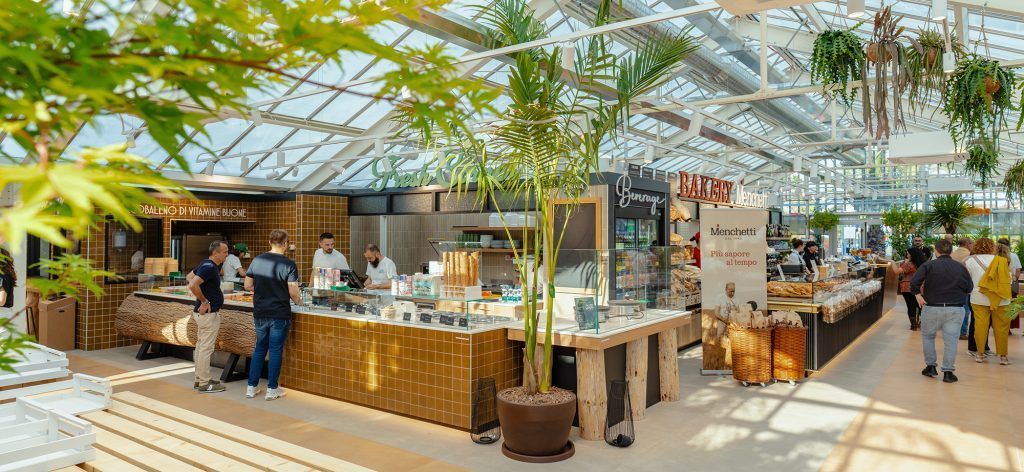
Titolo diapositiva
Scrivi qui la tua didascaliaPulsante
-
Pistoia Naturart Village
Naturart Village: the green oasis of Pistoia
Just a few minutes from the center of Pistoia, along Via Toscana, lies Naturart Village — the new urban oasis created by Giorgio Tesi Group, a leading European floriculture company. The project was designed to transform a former garden center into a multifunctional village where greenery meets culture, gastronomy, education, and events.
What Naturart Village offers
Showroom and greenhouses
A large greenhouse hosts over 800 plant varieties — from bonsai to succulents, from roses to aromatic herbs — each with a QR code providing care tips.
Park and themed gardens
Spread over approximately 30,000 m², the park features a rose garden with more than 600 varieties, an area dedicated to cacti and succulents, and the striking bonsai museum garden, created in collaboration with the historic Franchi Bonsai.
Children’s areas
Equipped spaces for workshops and nature trails, specially designed for families and children.
Food experience
A food court offering typical Tuscan products, ethical butchery, and artisanal cold cuts (including those from Savigni), plus two "bubble trees" — dining rooms suspended among the trees.
Event and cultural spaces
Large areas designed for events, concerts, conferences (up to 500 seats), workshops, and exhibitions — including the historic presentation of Naturart magazine and the traditional grain threshing with a vintage harvester.
Visiting Naturart Village means treating yourself to a truly complete experience that engages all the senses. It's the ideal place for anyone who wants to immerse themselves in nature without giving up culture and good food. Strolling among rare plants, themed gardens, and artistic installations is both relaxing and inspiring.
Practical info
Where: Via Toscana 101, Pistoia (PT)
Admission: Free, open every day
Contacts: +39 0573 1811339 – info@naturartvillage.it
Pistoia Naturart Village
11/7/2025
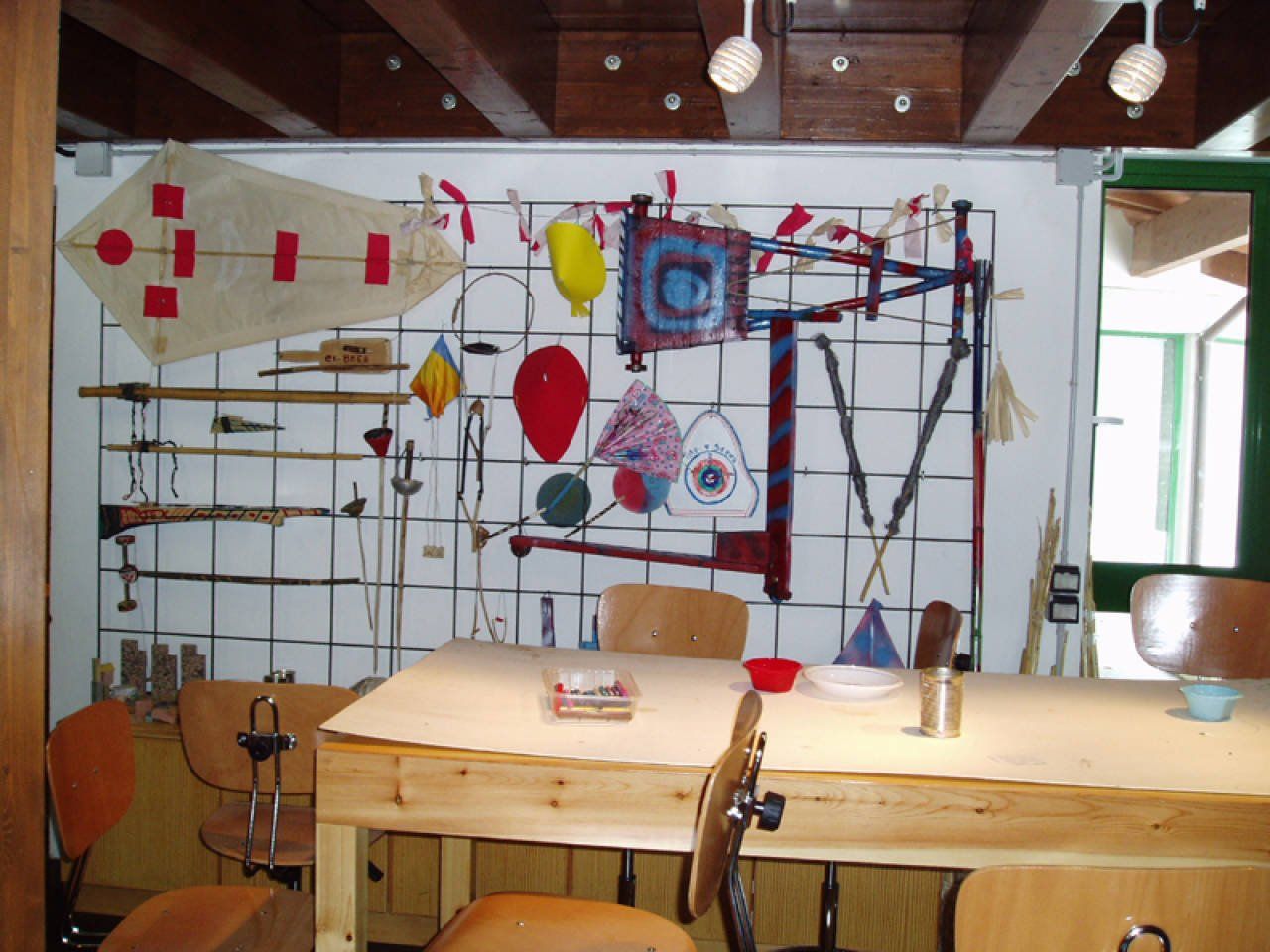
Slide title
Scrivi qui la tua didascaliaButton
-
Museum of the People of the Pistoia Apennines, Rivoreta
It was created in the 1970’s on a spontaneous initiative of the people of Rivoreta, a tiny village at the foot of Mount Libro Aperto and, over the years, it has been transformed into a real itinerary describing everyday life of the people of the Apennines from past centuries, to the present days.
It displays objects of work and everyday life in the mountains, that were stored in the attics or preserved in the stables, beyond images, evocations, sounds and stories.
A snapshot of the life, habits and traditions of the Mountain, reflected into objects that were once in common use in homes, work tools, witnesses of agricultural, pastoral activities and related to the use of the forest.
Inside the museum, the theme of birth, the aspects of family life, the work of the charcoal burner and the woodcutter, the practice of collecting and transporting them are presented in an interactive way and stimulate the visitor to rediscover the handcrafting dimension, now so distant from our world.
Children are invited to free their creativity, reflecting on the theme of recycling, since reused materials can become new colorful toys, inspired by those of the past.
The Wool Section has been set up in an ancient restored metato (dryer for chestnut), which houses a large early twentieth century loom with related accessories; here the visitor can try to weave, as the locals once did.
The museum can also be visited by the blind thanks to the innovative walk-assistant technology.
-
Opening times and entrance ticket
Museum of the People of the Pistoia Apennines, Rivoreta
Via degli Scoiattoli - Cutigliano
Opening Hours
From July to September: From Friday to Sunday 3.30pm - 6.30 pm
Winter closure from October.
Admission by donation
Toll-free number 800 974102
Museum of the People of the Apennines of Rivoreta Opening hours and entrance tickets
7/7/2025

Slide title
Scrivi qui la tua didascaliaButton
Slide title
Scrivi qui la tua didascaliaButton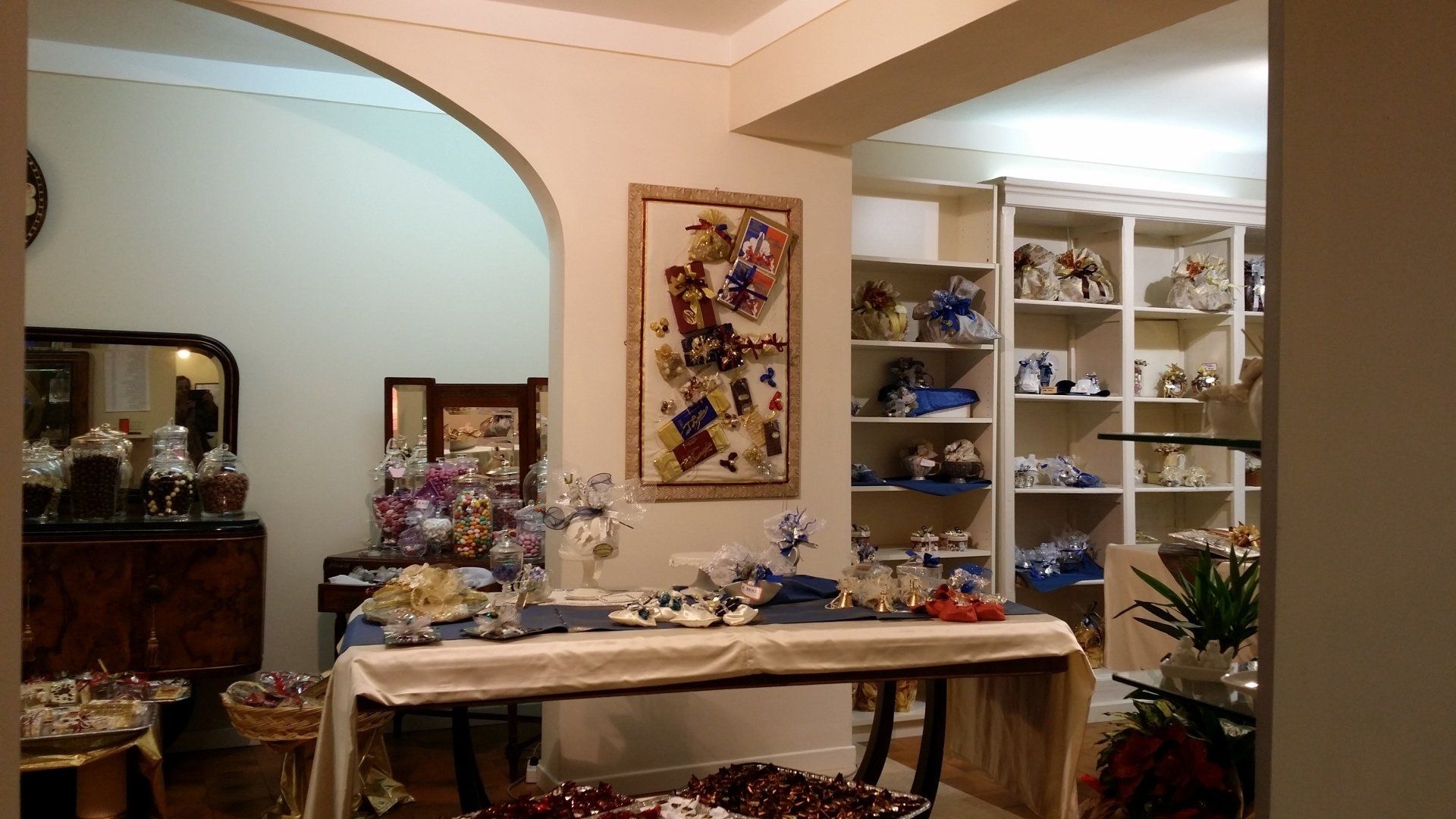
Slide title
Scrivi qui la tua didascaliaButton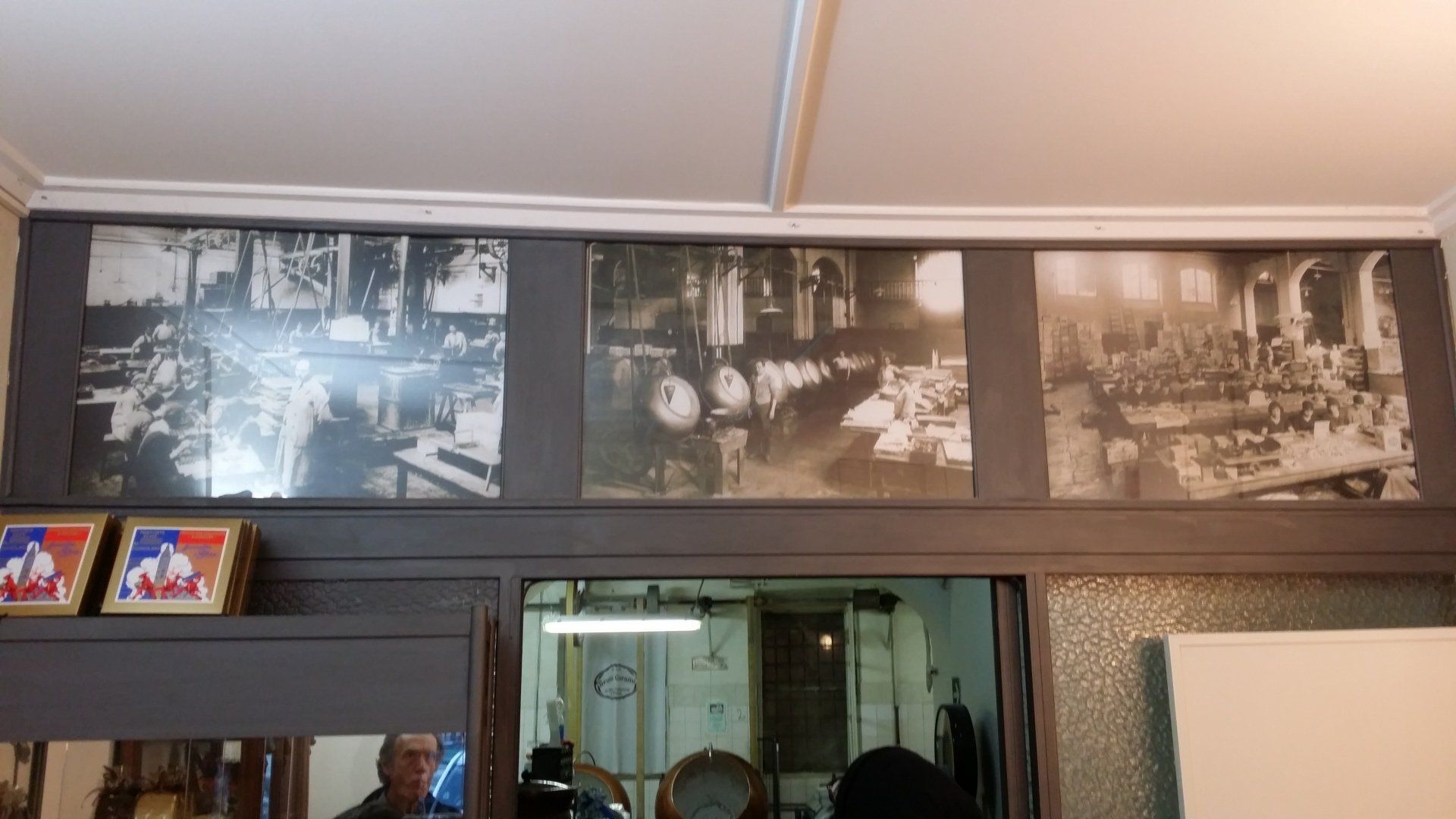
Slide title
Scrivi qui la tua didascaliaButton
-
Pistoia Specialties - Pistoia comfits
“Birignoccoluti”, (ragged shaped) in Pistoia dialect, otherwise known as comfits, are famous in this region. The white sweets come in many sizes – 5g, 10g, 20g, even enormous 100g and 150g specimens – and their round, irregular, lumpy shape is unique. This shape dates back to the origin of the comfit, when the first ragged comfits were brought to Italy from the East by Venetian merchants between 1100 and 1200. In the Byzantine Empire, nobles often threw them down from balconies onto their celebrating subjects on feast days. The ragged shape – still characteristic of Pistoia comfits today – made them fall much more slowly. The first record of comfits in Pistoia dates back to the Middle Ages, when aniseed sweets – as they were known – were given out in the Opera di San Jacopo during a feast for religious and civil authorities on 25 July 1372, during the celebrations for the town’s patron saint. Specially produced for the powerful Opera di San Jacopo, these sweets were said to have digestive properties and help to protect against the plague.
The original recipe for Pistoia comfits called for water, honey and an aniseed seed; it was only later that almonds, candied fruit or chocolate were used. Their unusual shape is due to the method of production, which has remained unchanged since the mid-fourteenth century when, with the establishment of the first sugar refineries, sugar began to be used instead of honey. The comfits are made in rotating copper cauldrons, known as “bassine”, where the centres are first covered by a light coating of icing sugar, then sugar disolved in water is poured slowly through a funnel, first in a stream and then in drops. It takes a least ten hours to produce Pistoia comfits in this way. It is an artisan method and is lengthy and expensive when compared to other, more common bean-shaped comfits, which can be cranked out by modern machines at a rate of hundreds every few minutes. The high costs involved, coupled with a general change in customs, led to a decline in Pistoia comfit production. Whereas until the fifties wedding guests would buy kilos and kilos of comfits to throw outside the church and along the streets as the wedding convoy passed, from the sixties onwards little wedding keep-sakes – which contain few comfits – became more popular.
-
Where to find it
Today in Pistoia comfits are only produced by two artisan laboratories, where this niche production is experiencing steady growth. Presented in little bags to give as gifts or in more elegant packaging, Pistoia comfits are a true delicacy which can be adapted for all occasions.
Traditional aniseed comfits help digestion when taken at the end of a meal. In the historic laboratory-shop “Bruno Corsini”, in operation on the Piazza San Francesco since 1918, as shown by the beautiful old photos from the family’s archives, you can buy original aniseed comfits as well as other variations. Giorgia Corsini, the great-grandson of founder Umberto explained that “we have recently begun to produce a new medicinal line based on ancient recipes, using fennel, cumin or coriander for the centre”. Pistoia comfits are also produced by “Confetteria Pistoiese”, a younger laboratory but with the same artisan history, which, in recent years, has opted to display a range of sweets from around the area alongside the traditional comfits.
Bruno Corsini Piazza San Francesco 42, Pistoia www.brunocorsini.com
Confetteria Pistoiese Via Macallè 77/79, Pistoia www.confetteriapistoiese.com
Pistoia Specialties - Pistoia comfits - where to find it
19/10/2024
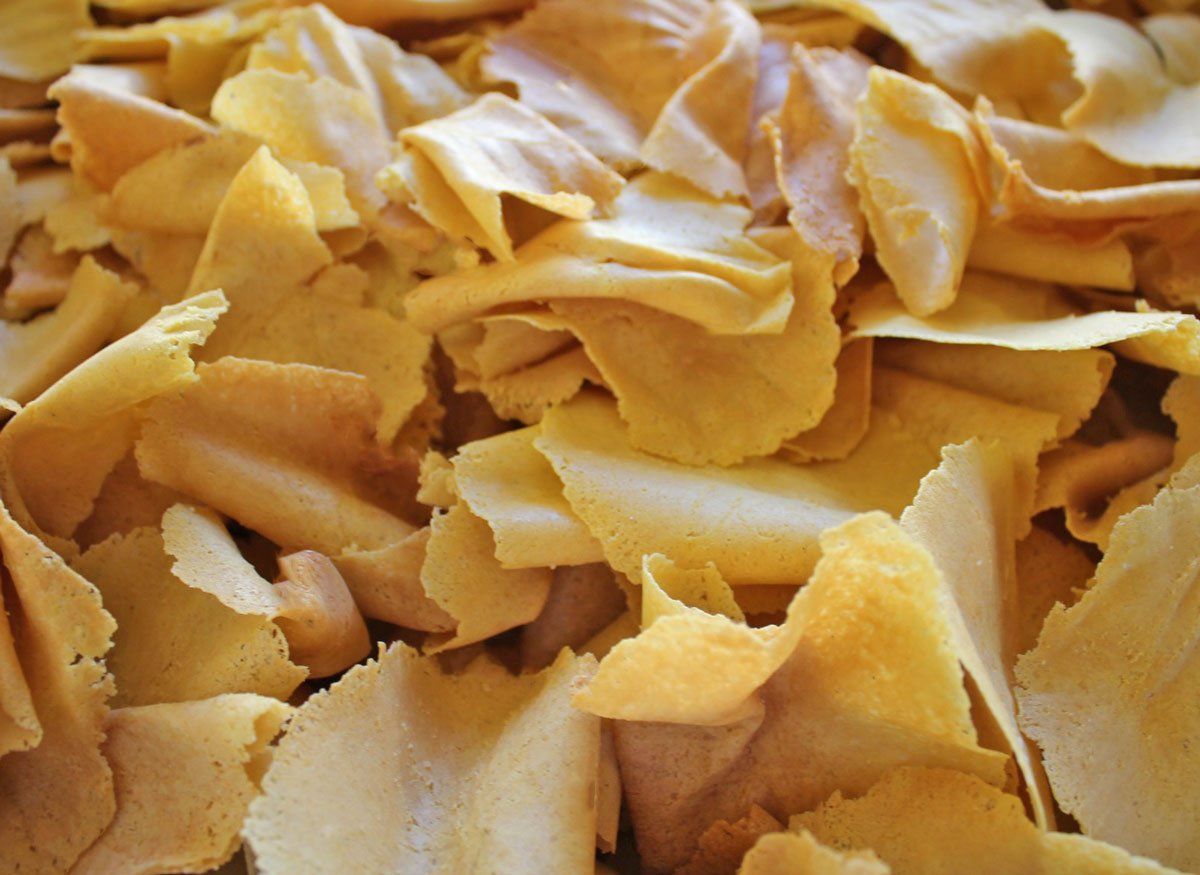
Slide title
Scrivi qui la tua didascaliaButton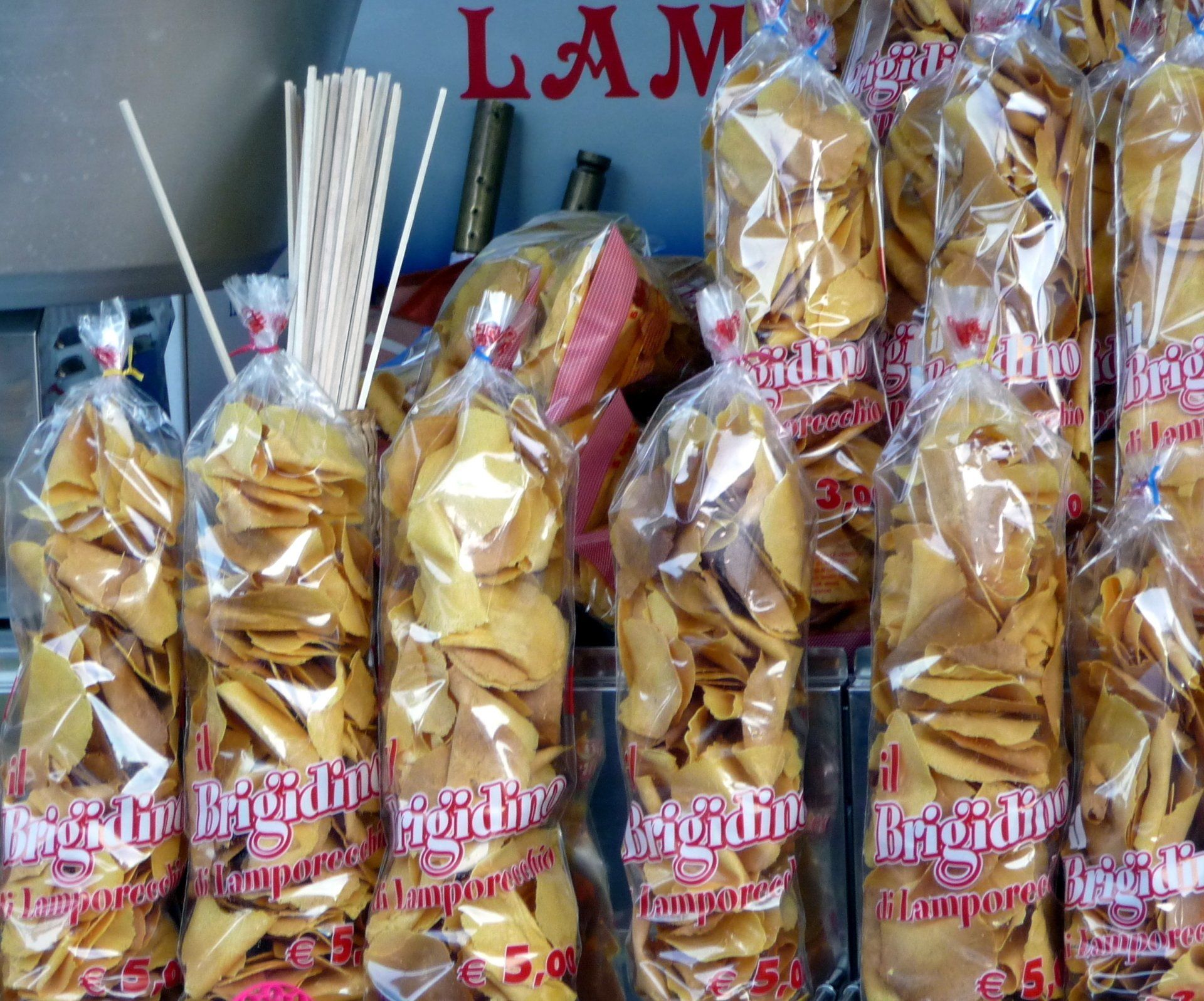
Slide title
Scrivi qui la tua didascaliaButton
-
Pistoia Specialties - The Brigidino di Lamporecchio
The symbol of Lamporecchio, a small municipality of the Pistoiese Montalbano, is a small, sweet, crunchy wafer with a unique and unmistakable flavour: the brigidino.
There are only a few people who haven’t heard of them as they are generally found on stalls at fairs and festivals all over Italy, and you can’t go far wrong with them. These wafers, with an aniseed aftertaste, are so famous that they have even been mentioned in Crusca’s dictionary.
The Brigidino is a round wafer with a diameter of approximately 7 cm, thin like a host wafer and with uneven edges. Brittle and crunchy, it has an unmistakable orangey-yellow colour and a unique flavour of aniseed combined with sweet pastry made of sugar, flour and eggs. Manufacturing dates back to the Renaissance period. There are various hypotheses regarding its name, but the most established one says that the name comes from the “brigidine”, nuns of a local convent devoted to Santa Brigida. Traditionally in charge of the preparation of the hosts for the communion, these nuns invented the recipe for these wafers towards the mid 16th century, which did not randomly have the shape of the hosts given that they were made by pressing the pastry between circular red hot iron plates. This similarity has fed a legend over the years; the brigidini were born by error: A Brigida nun made a mistake while she was preparing the mixture for the hosts. So that they didn’t waste the mixture, the sisters decided to refine it by adding aniseeds. This is how that “special amusement” was created as defined by Pellegrino Artusi in 1851 in his famous volume “Science in the Kitchen and the Art of Eating Well”. Error or not, the success of the brigidini was immediate and it spread throughout the Pistoiese area, but Lamporecchio has always remained as their place of production, as testified by an old Tuscan saying “all Brigidini come from Lamporecchio”. They immediately became an essential feature at fairs and peasant festivals as is still the case today.
-
Where to find it
It is sold at all local festivals and fairs.
It is also sold also on the stalls that are located along the main streets of some Tuscan cities, for example, in Lucca.
However, for those who happen to be in Lamporecchio, the most famous pastry shop for brigidini is:
Pasticceria Carli
Piazza Francesco Berni, 20
51035 Lamporecchio
Pistoiese specialties - The Brigidino di Lamporecchio - The history of a wafer born by error and where to buy it
19/10/2024



